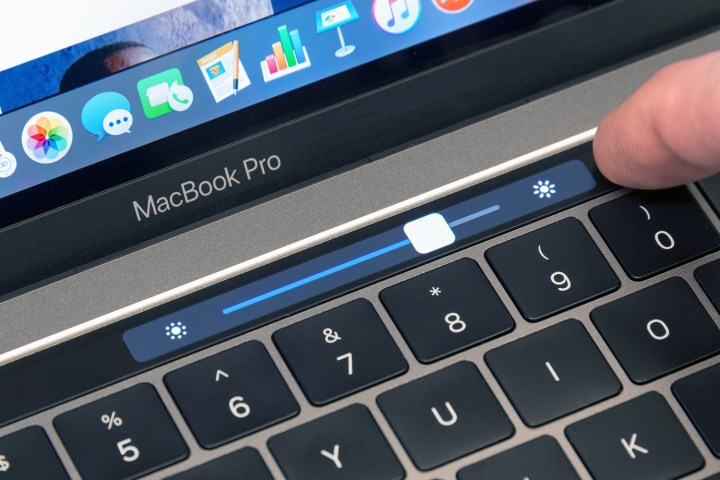
Lately, though, ARM has been making inroads into Intel’s PC territory. One major victory was Microsoft’s announcement in late 2016 that full Windows 10 would run on ARM processors sometime in 2017. Now Apple has joined the fray, looking at ways to incorporate ARM CPUs into its Mac line of PCs,Bloomberg reports.
Microsoft’s approach is to enable a version of Windows 10 — not Windows 10 Mobile but the “real” PC version — to run on power-sipping ARM processors likely starting with the Snapdragon 835. An optimized emulation engine would let users run full Windows desktop — or Win32 — apps with at least acceptable performance.
Apple’s approach is different. Its very first foray into plugging ARM processors into its MacBook Pro line was to run the new Touch Bar — an OLED-based touch-input display — off an ARM chip of its own design, called the T1. Rumors suggest next up is a new ARM processor codenamed T310, which will be used to control power modes in upcoming MacBooks, again working alongside Intel processors that would continue to run the machines.
Apple has a history of making its own chips, including its A-series processors that power iPhones and iPads, and speculation has abounded for some time that Apple desires a clean break with Intel as well. Moving to an ARM-based architecture for its MacBook lines would not only reduce its reliance on Intel but also enable more power-efficient machines.
That could take some time to accomplish, however, as the T310 processor would only manage the “Power Nap” feature that lets Macs keep up with various functions like email and updates while sleeping. And there’s likely a good deal of work to do with MacOS to get it ready to run on ARM processors.
Nevertheless, this exploration is interesting, and hints that Apple is exploring the possibility of ARM hardware in Macs. Even if it doesn’t switch to ARM-based chips for primary system functions, using them for secondary features could help Apple define the Mac line from its PC competition.
Editors' Recommendations
- The biggest threat to the MacBook this year might come from Apple itself
- Whatever you do, don’t buy a MacBook Air right now
- Intel isn’t giving up on GPUs yet
- Apple 16-inch MacBook Pro: don’t make a mistake you’ll regret
- I’m finally ready to stop recommending Apple’s cheapest MacBook


